This little device is the cheapest, fastest cloud storage you can buy
Lima says it takes 10 minutes to set up, but I found it look less time than that.

The Lima worked like any other USB stick or hard drive I plug into my computer, except my hard drive was connected to my WiFi router, out of the way and out of sight.
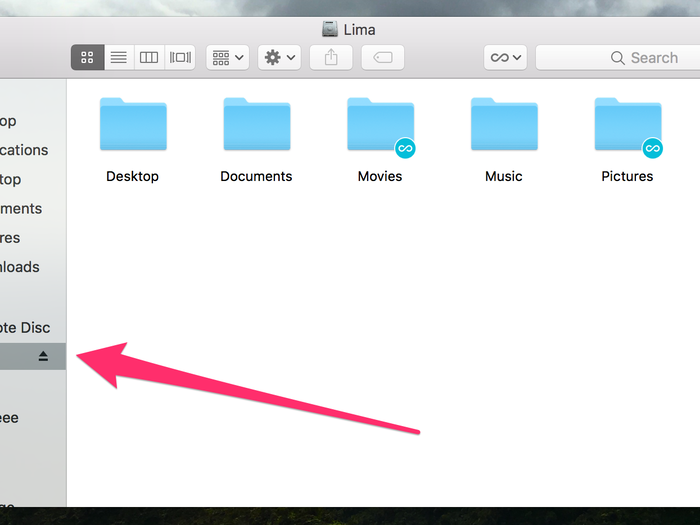
I could click and drag files, pictures, and videos that I wanted to back up into the Lima.
Why use Lima instead of connecting a hard drive directly to your WiFi router?
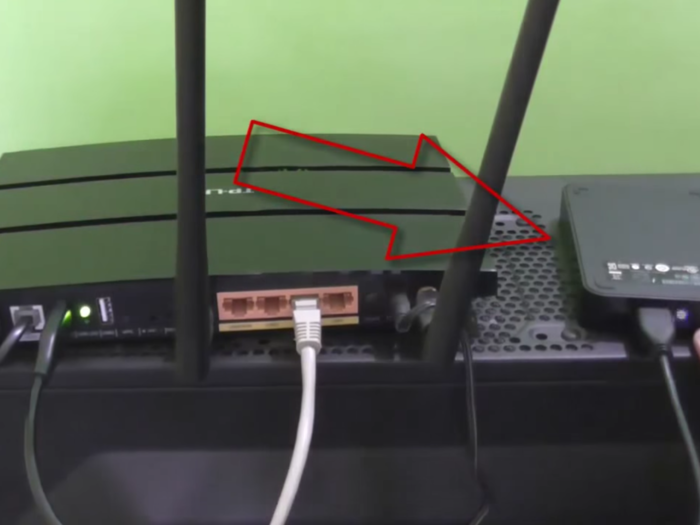
You can plug in a hard drive to your WiFi router, but it's not as easy to set up as Lima. As I mentioned above, setting up Lima was incredibly easy.
On top of that, Lima's mobile app lets you access your files from mobile devices. It's possible without Lima, but, again, it's simply not as easy.
It's similar to mainstream cloud storage services, like Google Drive.
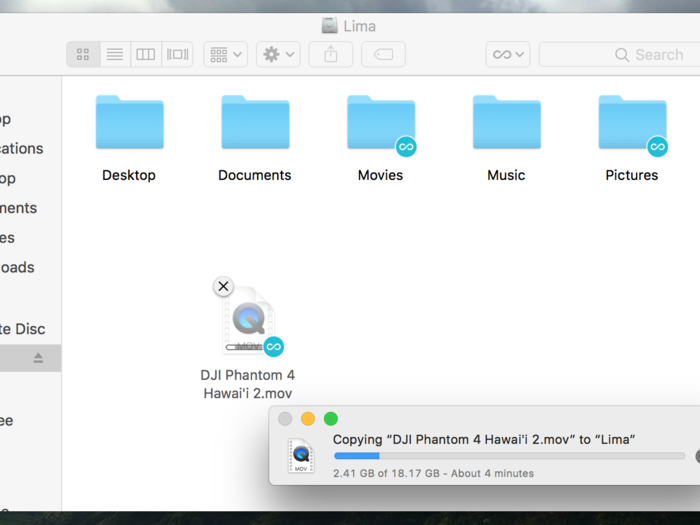
Just like a cloud storage service from Google, Apple, Microsoft, or Dropbox, I can upload and download data that I want backed up to my hard drive from my computer or mobile device as long as I have a data or internet connection.
Lima has three distinct advantages over those mainstream cloud storage services from big tech companies.

1. It's much cheaper than buying extra storage from a regular cloud service.
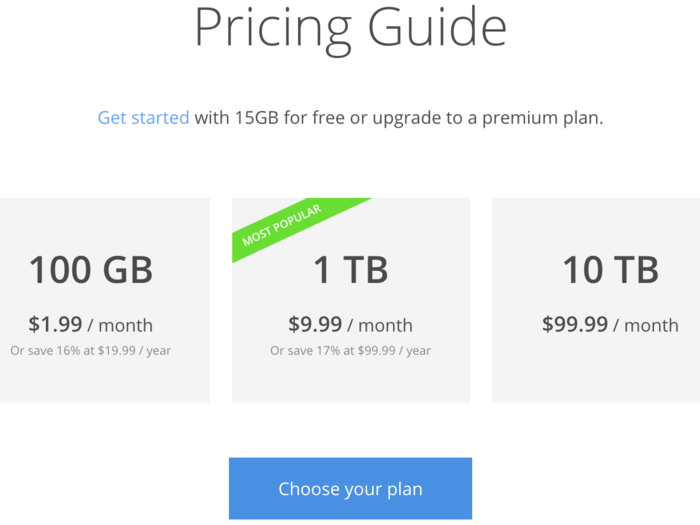
The Lima Ultra's $129 price tag on top of the cost of a hard drive might seem expensive, but it's really not when you compare it to mainstream cloud services.
Let's take Google Drive, for example.
With Google Drive, you get 15GB of free storage. Once you fill that up in 15 seconds, it's $20 per year for 100GB of storage. The thing is, you can get 100GB flash drive for about $20, and you pay for it once. No yearly charges.
And once you use up that 100GB, it's $100 per year for one terabyte on Google Drive. That's a questionable deal considering you can get a terabyte hard drive for $50. And, again, you only pay for your hard drive once.
Imagine this: After five years of using Google Drive's terabyte of storage, you would have paid $500, whereas the Lima and a terabyte hard drive would cost you $180.
There is Microsoft's OneDrive and its fancy terabyte of free storage, but only if you have a $65-$99 yearly subscription to Microsoft's Office 365. As such, it only makes sense if you actually use Microsoft Office.
2. It's much faster than any cloud service from the big tech companies.
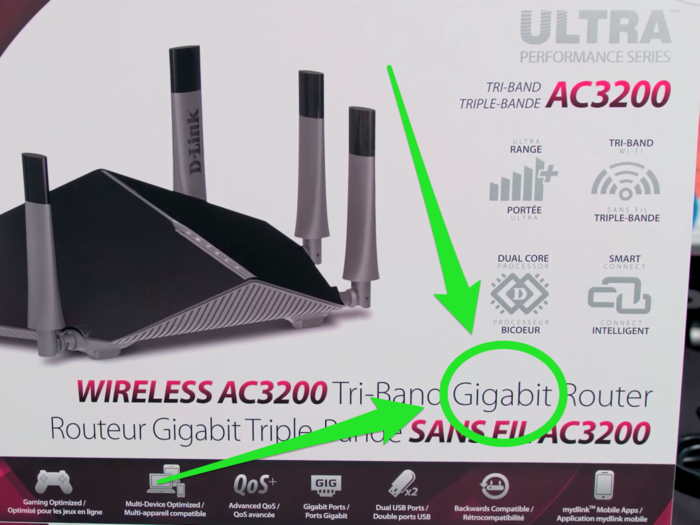
With Lima, you can send your data back and forth from your hard drive at the speeds advertised by your WiFi router. So, if your router touts "Gigabit" speeds, it means you can transfer your data up to a gigabit-per-second.
Just keep in mind that a "gigabit" equals 125 megabytes, and not a "gigabyte." Theoretically, that means a gigabit router can transfer data up to 125 megabytes-per-second, not a gigabyte-per-second.
Transferring data to a mainstream cloud service is almost always going to be slower, as the transfer speeds depend entirely on your internet speeds. So, even if you have a fast 100 megabit-per-second download/upload internet connection, it's still one tenth as fast as a WiFi router with gigabit speeds.
However, you'll only benefit from your WiFi router's fast speeds if you're on the WiFi network that the Lima is connected to. If you're downloading and uploading data to the Lima from, say, a coffee shop's WiFi connection, you'll be limited to that internet connection's speeds. At that point, it's pretty similar to a mainstream cloud service.
3. All your data is literally stored at home, and not in a server farm in some unknown location.

Lima plays the privacy card, as all your files are stored on a hard drive at home.
Some people still aren't comfortable with entrusting the storage of their personal stuff to companies like Google, Apple, Microsoft, or Dropbox. As safe as they are overall, security breaches do happen, like the huge iCloud photo hack from 2014.
The Lima mobile app automatically stores the photos and videos from your phone so you'll never run out of space.
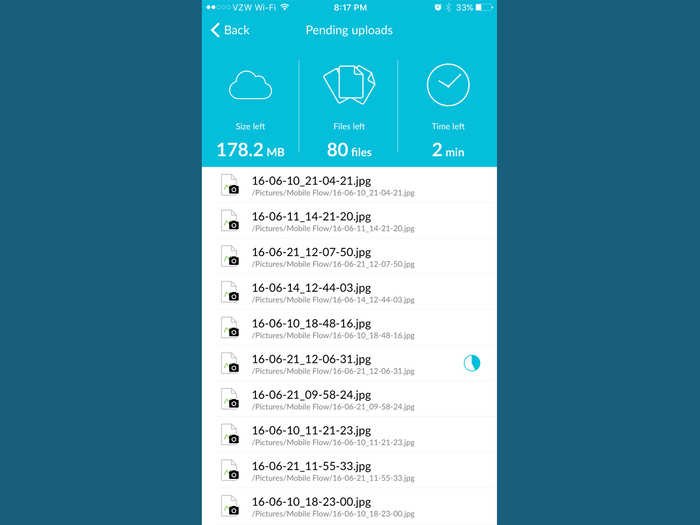
The Lima mobile app automatically uploads photos and videos I take on my phone straight to the hard drive that's connected to the Lima device at home, much like Google Photos.
Unlike Google Photos, however, Lima doesn't compress your photos and videos to reduce their size, which means they're stored as the original photo file.
This isn't a big deal for most people, as Google Photos' compression is incredibly good at maintaining photo quality while reducing its size. Some, however, prefer to keep the original uncompressed versions of their photos, like photographers, so Lima is great for those people.
That said, if you're just looking to store your photos in the cloud and nothing else, Google Photos is still the best option for most people.
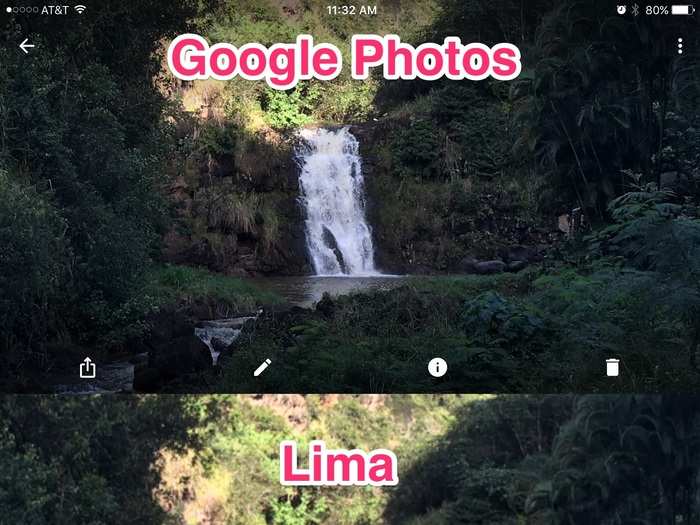
I just sang the praises of Lima's ability to store your original photos and videos without any compression, but there's a caveat.
Lima might store the original versions of your photos and videos into your hard drive, but it'll show you highly compressed versions when you want to view them from your mobile device. You can see the difference in the screenshots above where I slightly zoomed into the photos. It's only really noticeable when you zoom into your photos, but it's still worth pointing out.
I should also note that you'll still see your original uncompressed photos when using Lima from a computer.
A Lima representative told me that the company is working on an update that will display the original versions of your photos and videos on mobile devices. Still, Google Photos also has great features that Lima doesn't offer, like finding a photo by using keywords, just like a Google search. For example, if I searched for "cat" in Google Photos, it'll show me all my pictures with cats in it. It's an incredibly useful feature, especially as your photo library builds up with thousands of photos over time.
Who is Lima for?
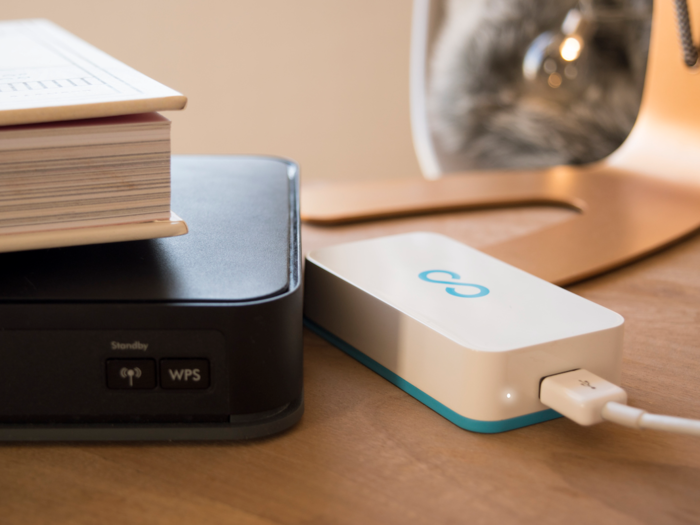
Faster transfer speeds and paying less than a mainstream cloud storage service are things that anyone can appreciate.
With the comparatively high costs of mainstream cloud services from big tech companies, Lima would benefit anyone who wants to back up their data, as well as save money. It's especially valuable as your data starts to get close to the limit of a mainstream cloud service's free storage.
The fact that all your backed-up data is safely stored in a hard drive at home rather than in the hands of a big tech company is a bonus.
Should I buy it?
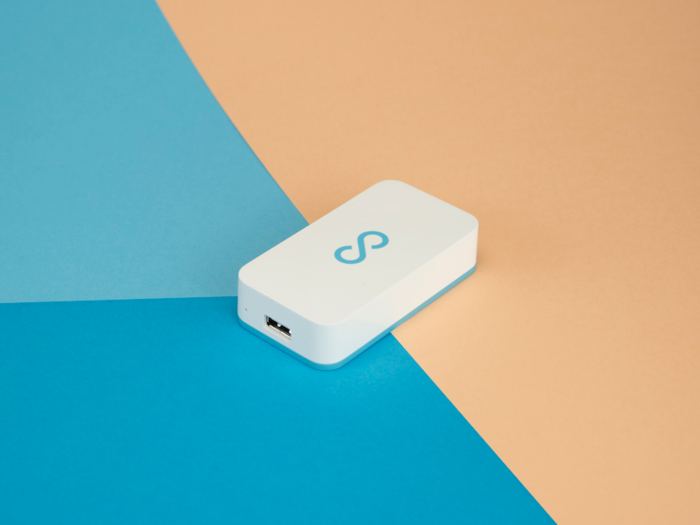
For my needs, I certainly would buy it.
Those needs include storing wine bottle photos I take with my DSLR camera for my fiancee's wine site, which I want to keep in their original, uncompressed form. I also have a bunch of 4K drone footage I'd like to keep in 4K resolution. If I used Google Photos' free storage, it would reduce the resolution down to 1080p, which I wouldn't want.
However, I'll continue to use Google Photos' free, unlimited "high-quality" storage to back up my photos and videos. In those regards, it's nearly impossible to beat what Google Photos offers.
As of the time of writing, there's a waiting list for the $129 Lima Ultra, as the company has sold out of the devices since its launch in December 2016. You can join the waiting list here.
Popular Right Now
Popular Keywords
- India’s wearables market decline
- Vivo V40 Pro vs OnePlus 12R
- Nothing Phone (2a) Plus vs OnePlus Nord 4
- Upcoming smartphones launching in August
- Nothing Phone (2a) review
- Current Location in Google
- Hide Whatsapp Messages
- Phone is hacked or not
- Whatsapp Deleted Messages
- Download photos from Whatsapp
- Instagram Messages
- How to lock facebook profile
- Android 14
- Unfollowed on Instagram
Advertisement